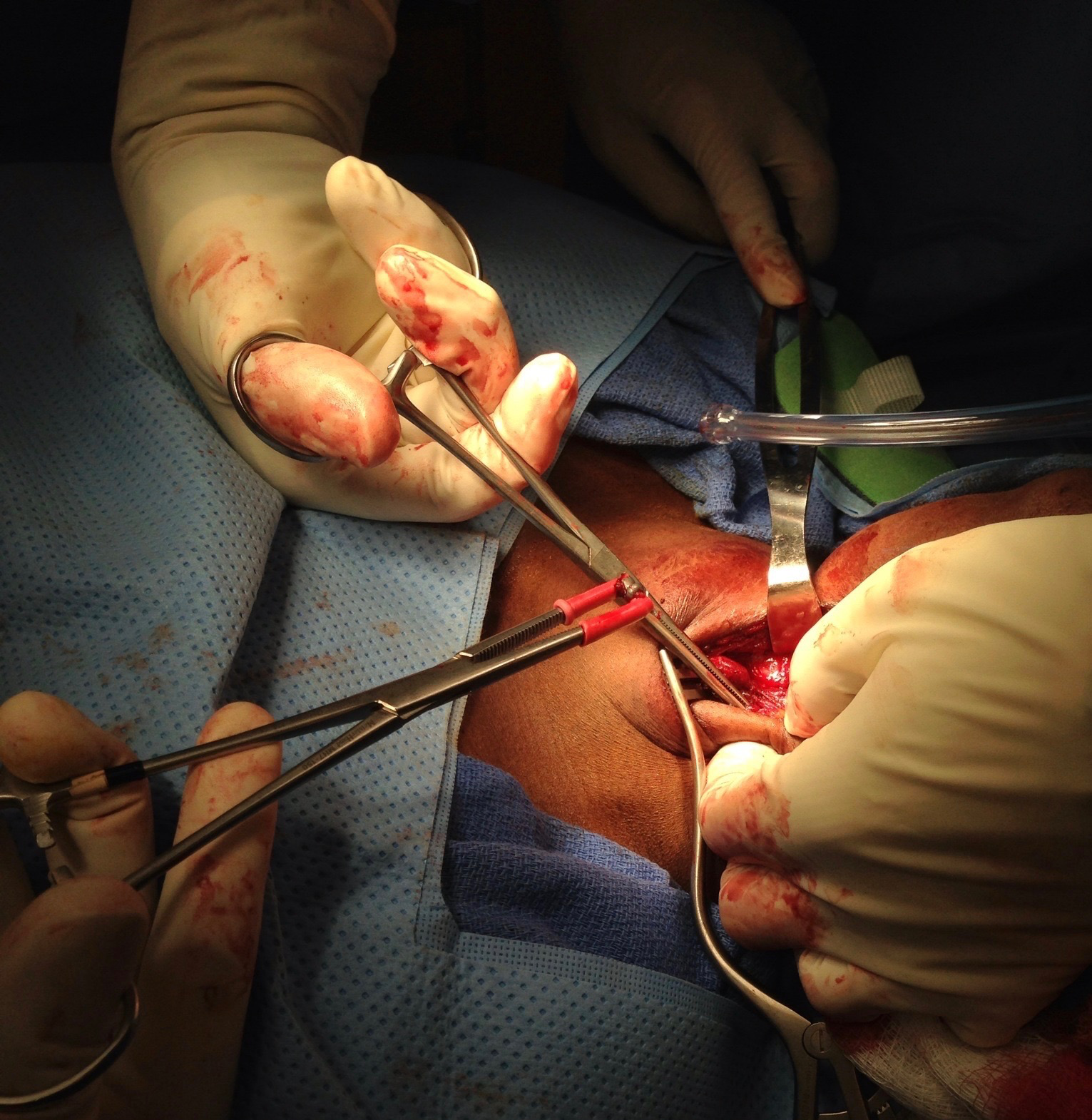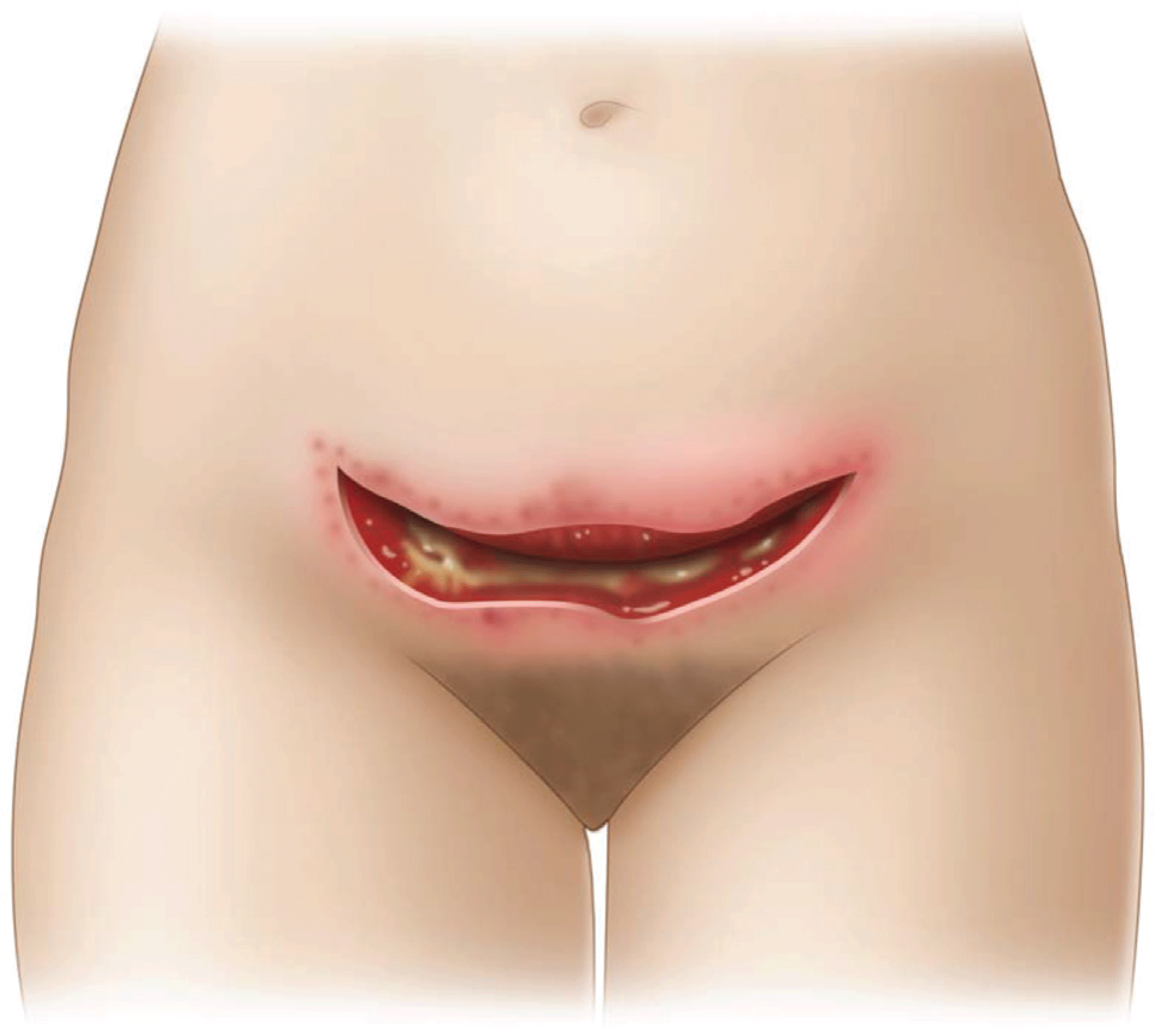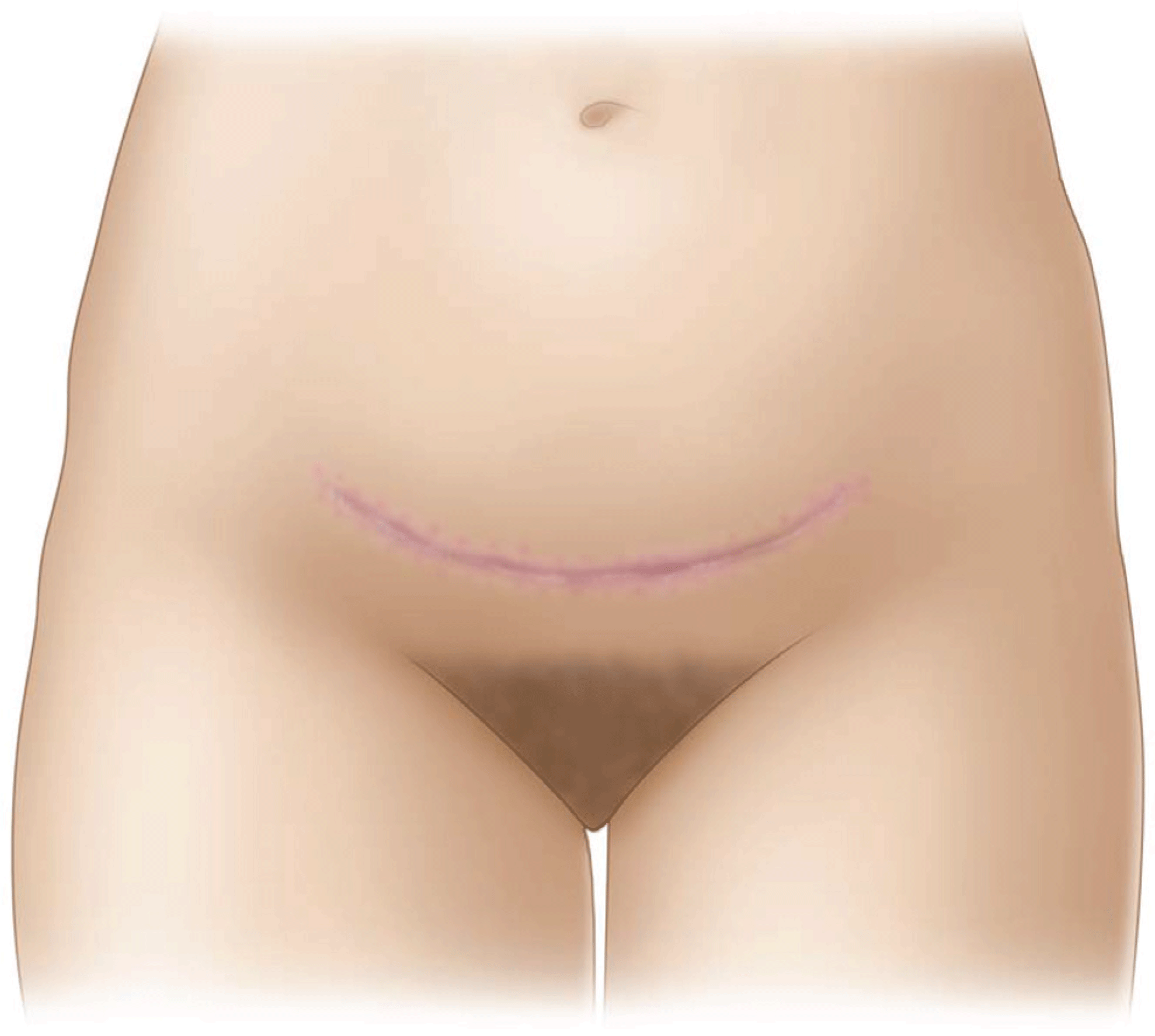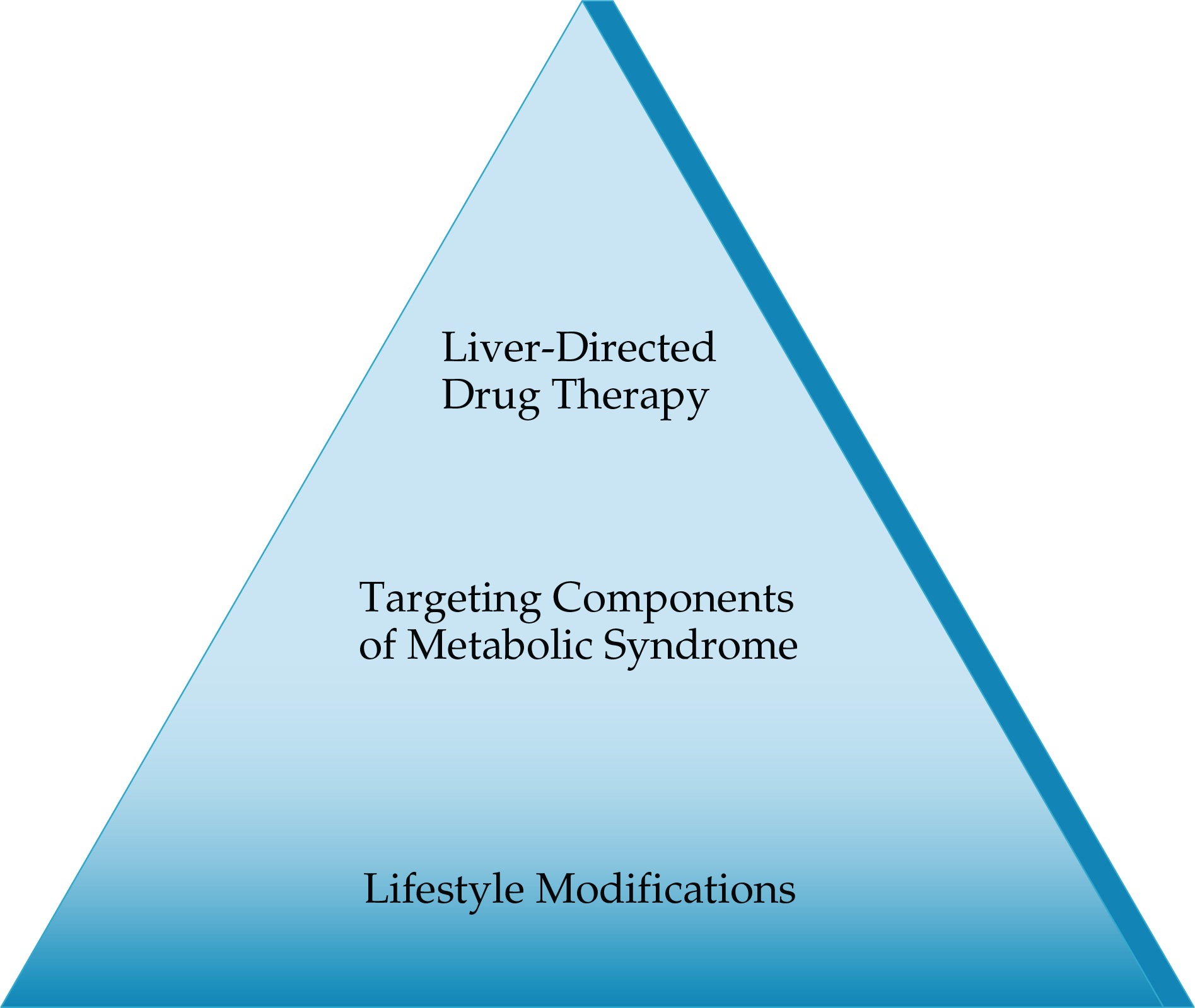Principles of Initial Trauma Evaluation and Management
- There is a shift to change the definition of massive transfusion to focus on units per time as opposed to total units administered.
- While laparotomy is still considered the gold standard treatment for gunshot wounds to the abdomen, selective NOM of penetrating abdominal wounds is possible. NOM can only be performed in centers that have the staffing and resources to perform serial examinations and the ability to take the patient to the OR at any time should they decompensate.
- Resuscitation of the trauma patient, like much of critical care, is a sophisticated art of balancing the needs of competing organ systems in a patient with multiple injuries. Resuscitation of the trauma patient focuses on prevention of the lethal triad of trauma and secondary injury. The term refers to a triad of acidosis, coagulopathy, and hypothermia resulting from injury and blood loss.







.png)







